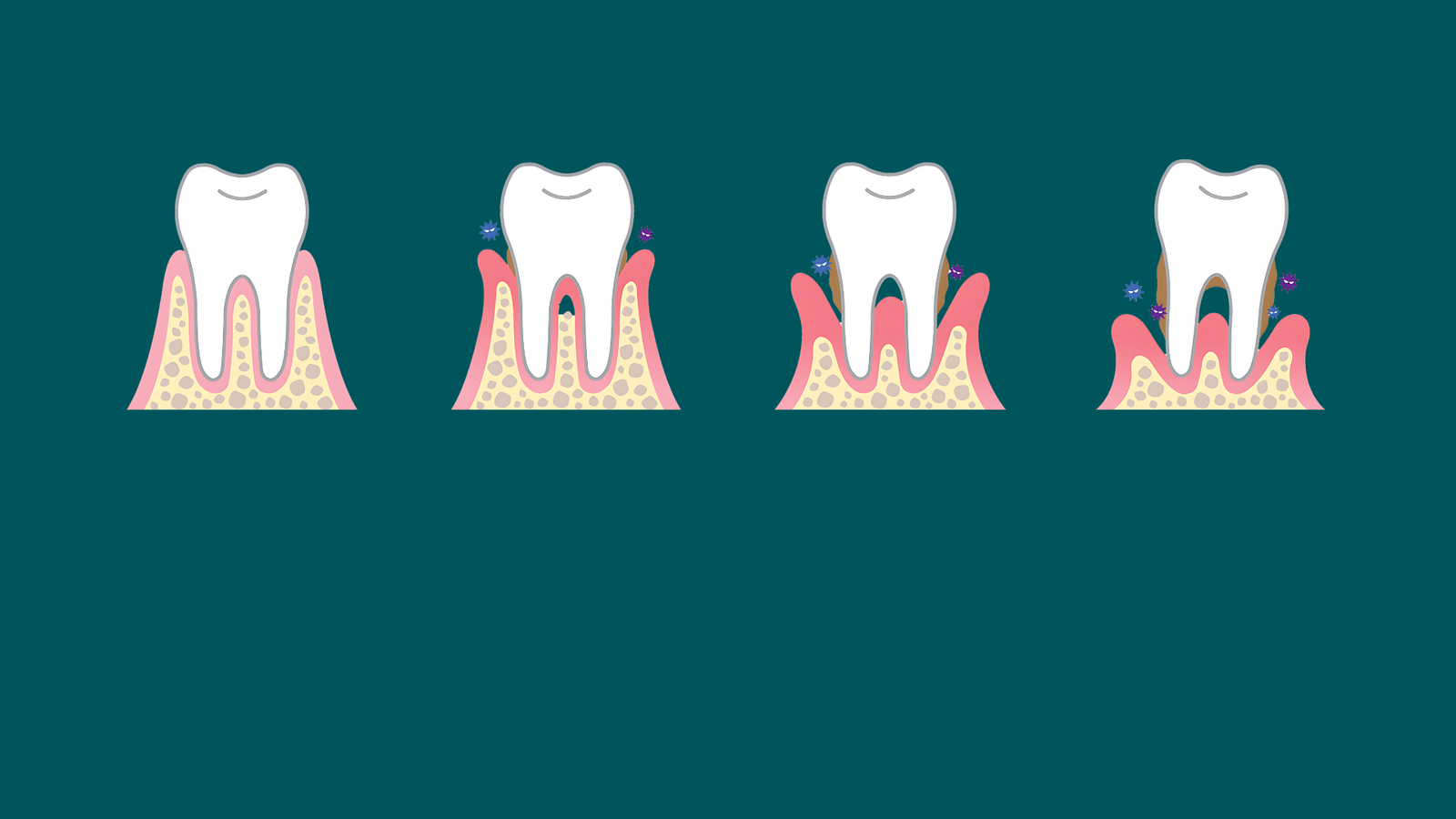Dental Extractions
The last resort.
Discover more below.
Pain Relief
Prevention of Infection
In a glance.
Consider When
- Severe tooth decay or cavities make the tooth unrestorable.
- You have a fractured, impacted, or severely crowded tooth.
- Gum disease has compromised tooth stability.
Consider Other Options If
- The tooth's integrity allows for less invasive treatments.
The Benefits
- Eliminates bacteria and decay that can spread and cause further damage.
- Helps prevent more serious health issues by removing the source of infection.
- Alleviates discomfort and restores functionality in severe cases.
The Drawbacks
- Extremely invasive procedure resulting in the loss of a natural tooth.
- Involves a surgical procedure with inherent risks and a recovery period.
- Requires further dental work, like implants or bridges, to fill the gap.
Learn the process.
1. Initial Assessment
Determining the possibility of saving the tooth.
2. Tooth Impaction Assessment
If a tooth can't be restored, we assess its position within the jaw to determine whether it's impacted—meaning, it's covered by bone or soft tissue.
3. Tooth Extraction
If the tooth is impacted, a surgical extraction is necessary. However, if the tooth is fully exposed in the mouth, a simple extraction will suffice.
Learn More
Simple Extraction

Anesthesia

Tooth Extraction
Surgical Extraction

Anesthesia

Tissue Removal

Bone Removal

Tooth Sectioning

Tooth Removal

Stitching
Scary, Right?
Learn about the three main reasons behind tooth loss. Understanding these causes and how to prevent them can help you protect and save your teeth.

Severely Decayed Teeth
The most common reason for dental extractions is severe tooth decay, where bacteria have significantly damaged the tooth. Regular dental checkups and early intervention are crucial for identifying decay early and preventing tooth loss.
Periodontal Disease
The second most common reason is tooth loss due to periodontal disease, which can be more devastating because multiple teeth often need extraction due to attachment loss. Early detection and intervention are vital to prevent this catastrophe.
Trauma & Tooth Fracture
The last common reason is trauma to the teeth, either from biting down on something hard and causing fractures in the crown and/or root, or from general trauma to the facial region. Eat carefully, chew calmly, and use protective gear when engaging in activities that could cause head and neck injuries.How to replace my extracted tooth?
Replacing your extracted tooth promptly is crucial. Not doing so can negatively impact both the appearance and function of your teeth. It can also lead to further issues, like neighboring teeth shifting and tilting, the opposing tooth over-erupting, and bone loss that may prevent future implant placement. Additionally, in the upper jaw, the maxillary sinus can expand, further complicating the possibility of a future implant.
Implants
Bridges
A message from Mirage Dental Clinic.
Steps and care.
Before having an extraction
- Known allergies.
- Chronic and systemic diseases.
- Use of medications.
- Previous surgeries.
- Pregnancy.
During extraction
After the extraction
- Treat yourself to ice cream—it promotes healing and soothes your gums. Avoid sucking on it, and skip the sprinkles and toppings.
- Gargle every few hours with warm salty water, DO NOT SPIT the water, open your mouth and let it flow down.
- If medications were prescribed by our dentists, take them as directed.
- Relax for the rest of the day.
Things to Avoid
- Smoking: avoid smoking, by all means, and in any form (including vape) for at least 72 hours. Smoking can inflame the bone at the extraction site, leading to severe pain.
- Activity: avoid any strenuous activity for the next two (2) days. If your job requires heavy physical activity, we will provide you with a sick-leave note.
- Food: avoid hot foods for the first 48 hours. Stick to soft foods, and steer clear of grainy or sticky foods to maintain a clean extraction site.
- Drinks: avoid hot drinks for the first 48 hours, avoid drinking through straws and swishing liquids in your mouth for at least four (4) days.
- Oral Hygiene: avoid toothbrushing and mouth rinsing for the first 48 hours. Resume tooth brushing on the third day but stay away from the extraction site.
- Habits: avoid spitting and other involuntary habits that involve the muscles of the mouth.
- Extraction Site: avoid sticking your tongue or finger in the extraction site.
Frequently asked.
Recovery typically takes a few days to a week, with guidelines provided for a gradual return to normal activities.
We use effective pain management techniques to ensure the procedure itself is pain-free; however, some post-procedure discomfort is normal and manageable.
Some bleeding is normal within the first 24 hours after the extraction. Bite down gently on the gauze provided to help form a clot and reduce bleeding. If heavy bleeding persists beyond that period, contact us immediately.
Notice: do not forcefully spit the blood.
Light activities can usually be resumed within a day or two. However, strenuous exercise should be avoided for at least 48 hours to prevent prolonged bleeding and discomfort.

